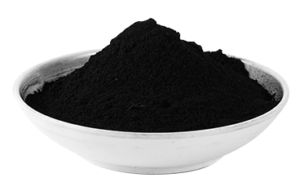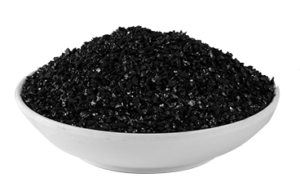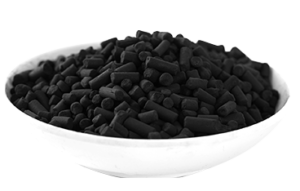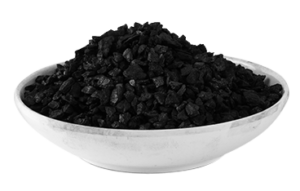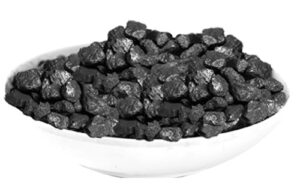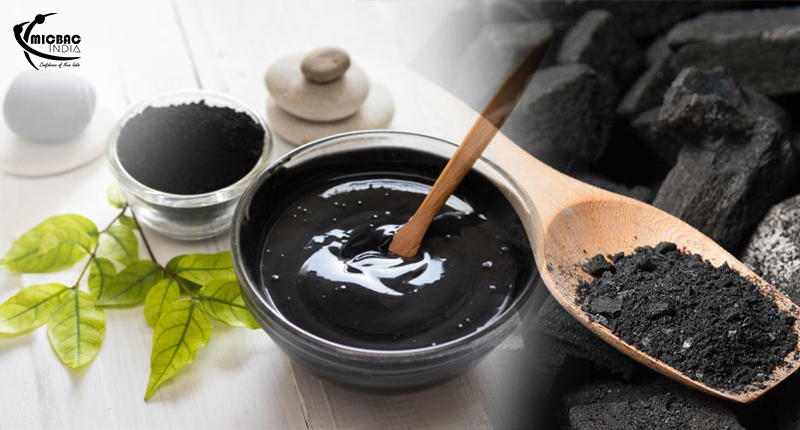Active carbon, popularly known as activated carbon or activated charcoal, is processed carbon that helps in adsorbing organics, odors, tannins and toxins from water. Different materials are used for producing activated charcoal of which coal is common. This processed carbon is available in diverse size, shape and form and also has their own disadvantages and advantages.
VARIETIES OF ACTIVATED CARBON
- Lignite
This active carbon is produced from peat and wood and is light and soft. It has large pores which make it suitable for adsorption of large organic molecules and other types of contaminants. Lignite is highly effective but, using it is a little difficult because, being a soft material,it takes longer time to rinse.
- Coconut
This activated charcoal is made from coconut tree and has small pores. It is dense as well as hard, and therefore, it is ideal for removal of high or small energy organic molecules.
- Bituminous
This activated carbon is made from coal and has medium pores. It is soft but dense and comes with diverse types of pore sizes making it suitable for removing contaminants of different shapes and sizes.Bituminous is hard, easily usable and affordableand does not create much dust. This processed carbon is commonly used for aquariums.
PROCESS OF CREATING GRANULAR ACTIVE CARBON
- Pulverization
In this stage, the base product coal is crushed into fine powder.
- Agglomeration
In this, the powdered carbon is reformed, under pressure, into briquettes.
- Crushing
Then the briquettes are broken to get the required particle size.
- Baking
They are then baked at a temperature as high as 8000F for removing VOCs.
- Activation
The carbon is then thermally activated by exposing it to a temperature of around 19000F. Activation takes place in a controlled atmosphere by using salts, acid, stem or oxygen.
- Screened
The final product, active carbon, is separated according to their use, shape and size.
USE OF ACTIVATED CHARCOAL IN AQUARIUM
Activated carbon is highly effective in improving quality of water by removing several items like contaminates, organics, colors, odors and toxins. Bu the use of carbon the water becomes pure. However, there are certain drawbacks of using active carbon on aquarium. Firstly, carbon adsorbs certain beneficial elements like medications, amino acids and iodine, together with impurities. Again, carbon can release various organics and phosphate back in water, especially when it is not acid washed. Despite the disadvantages, activated charcoal or carbon has wide utility in water purification.

